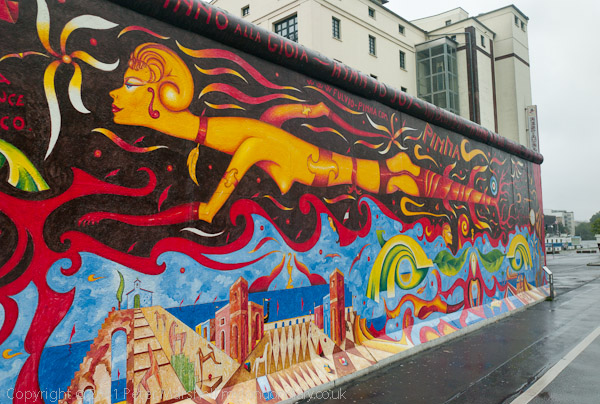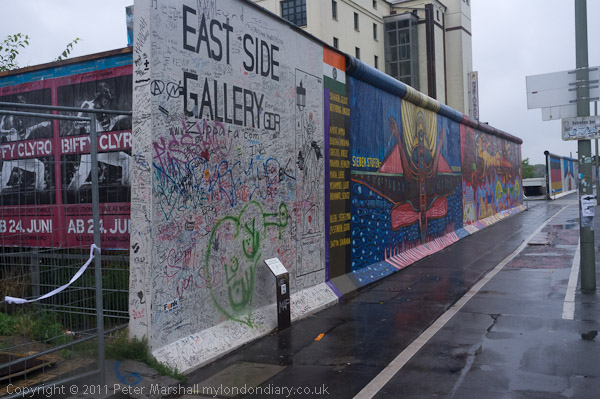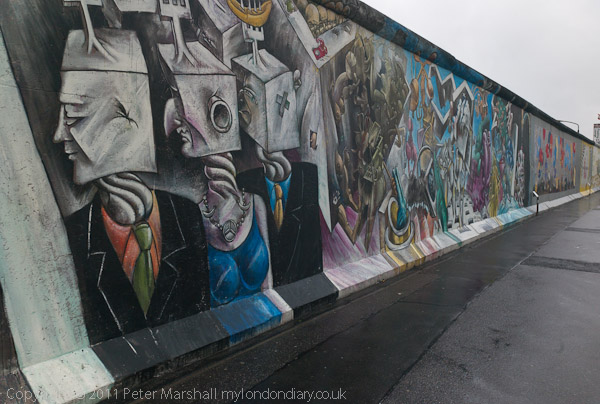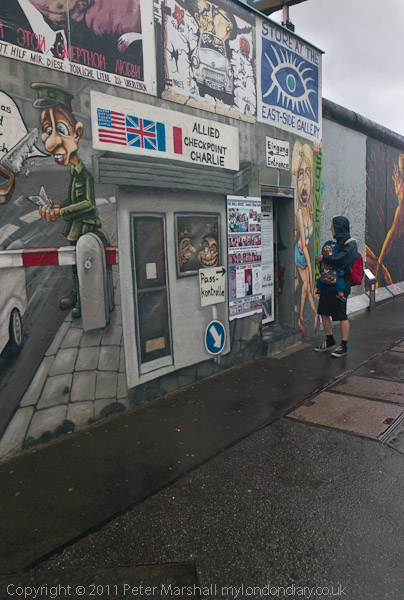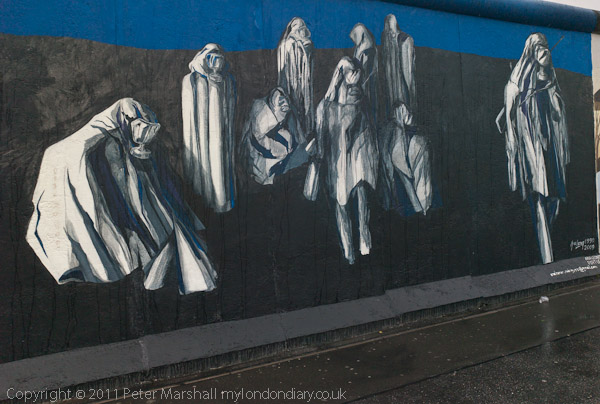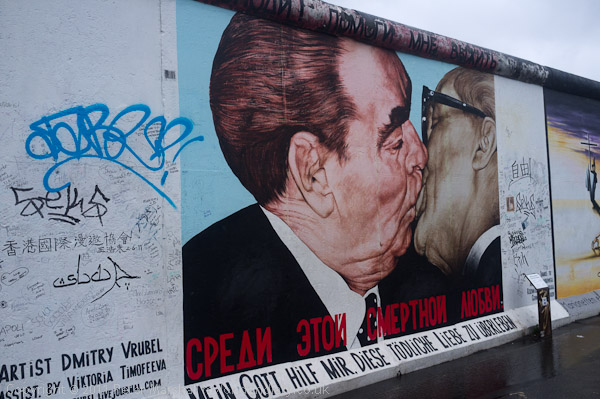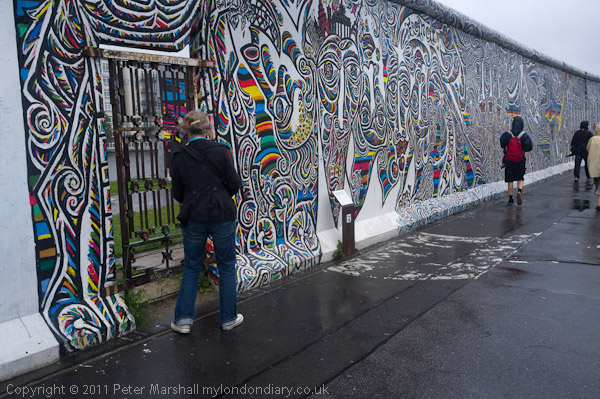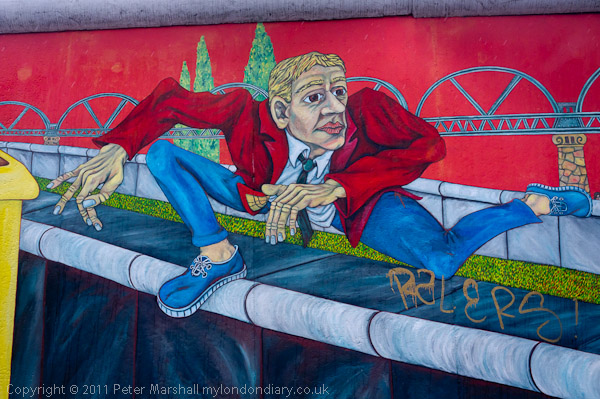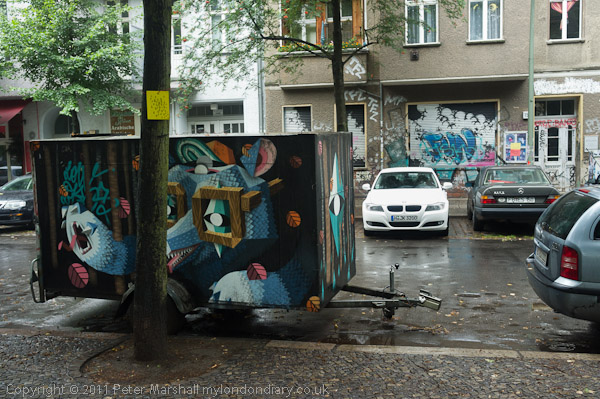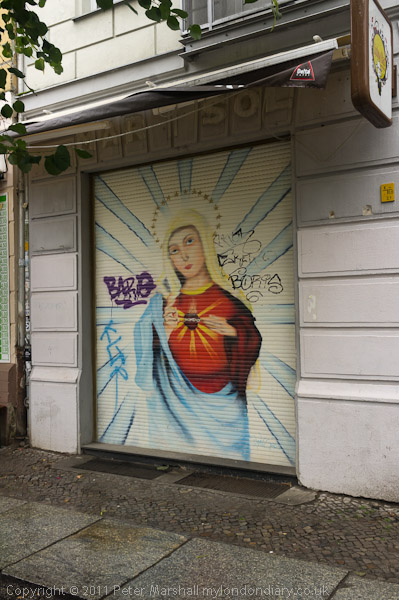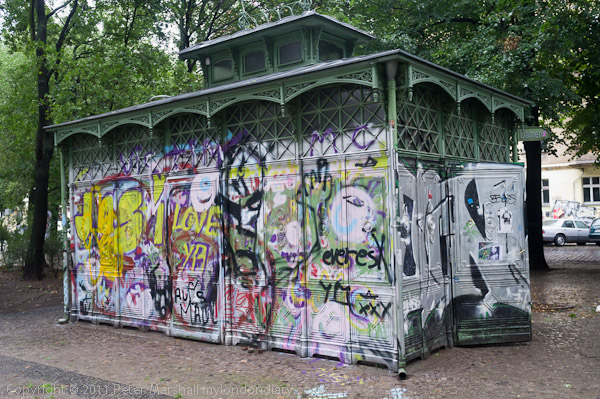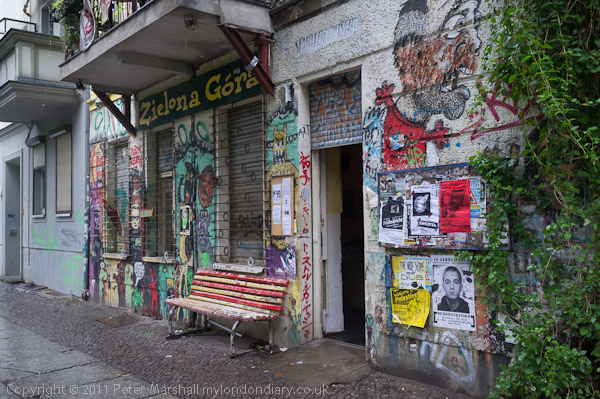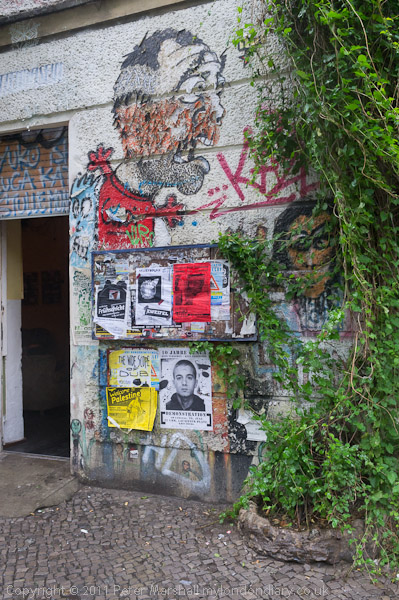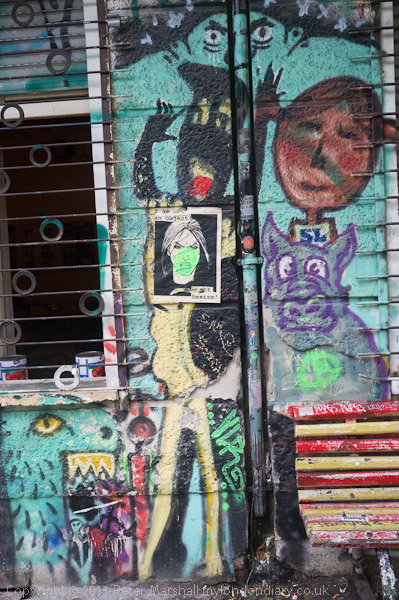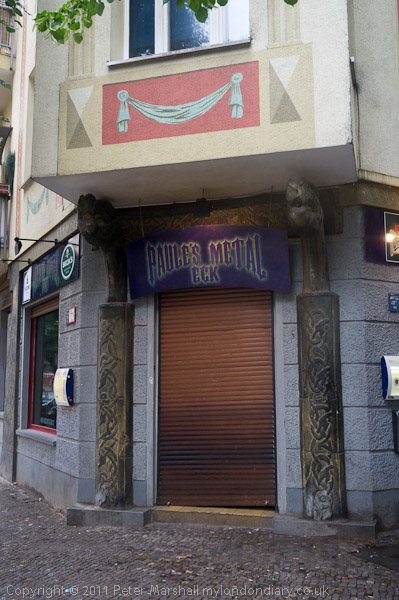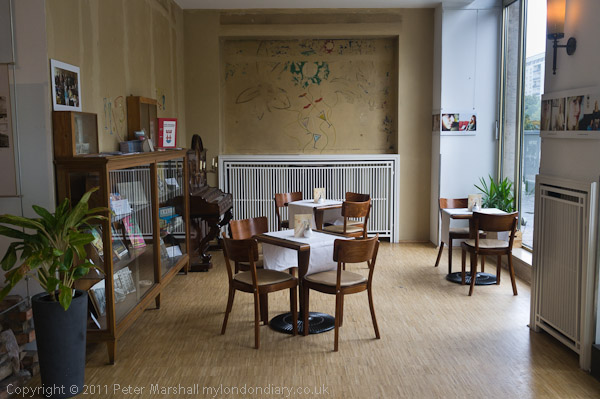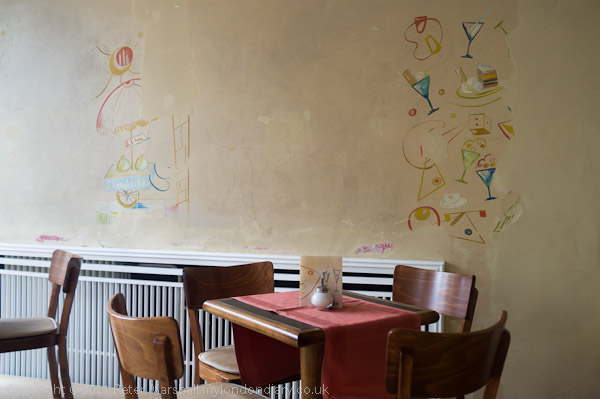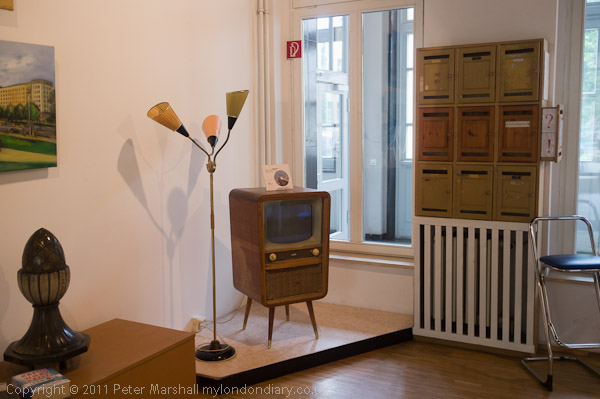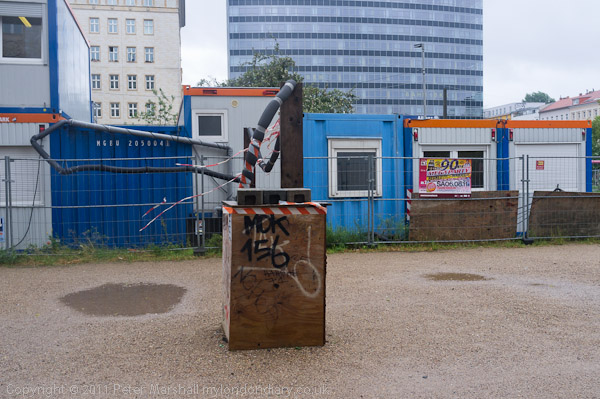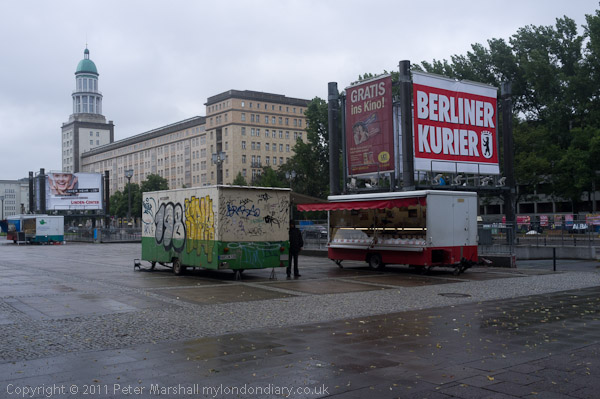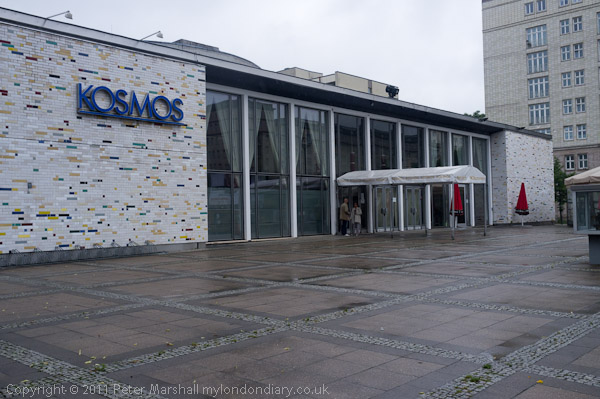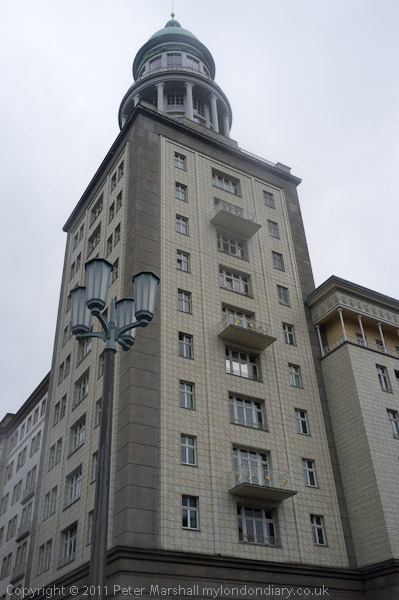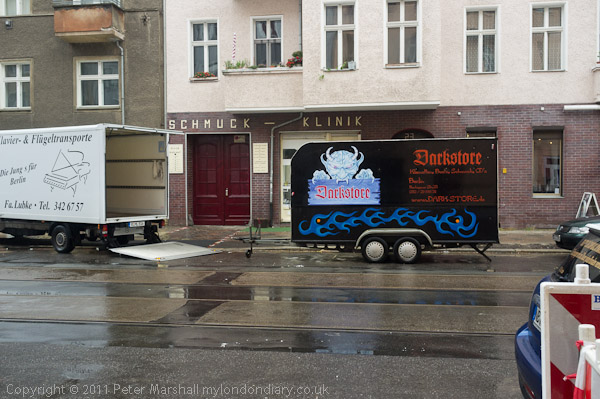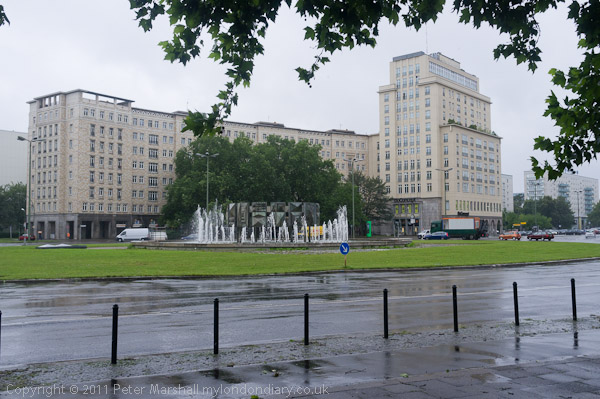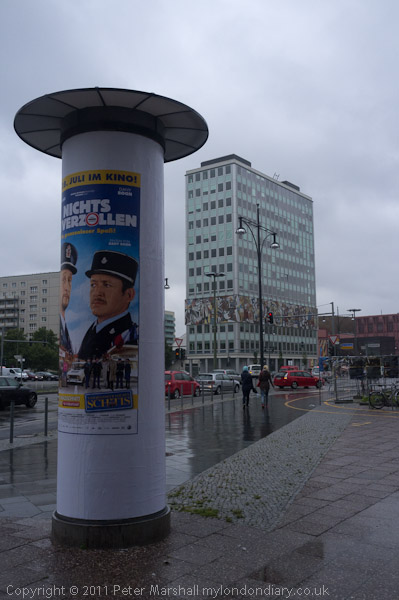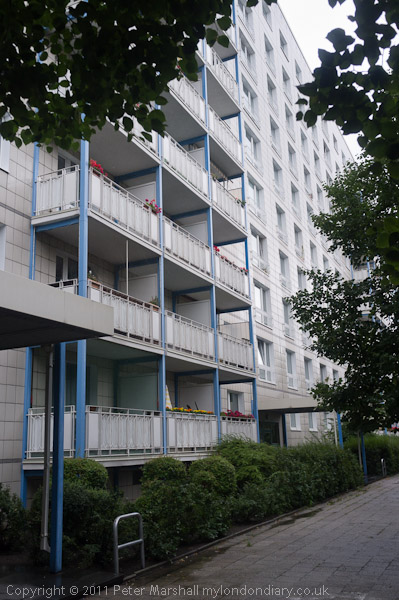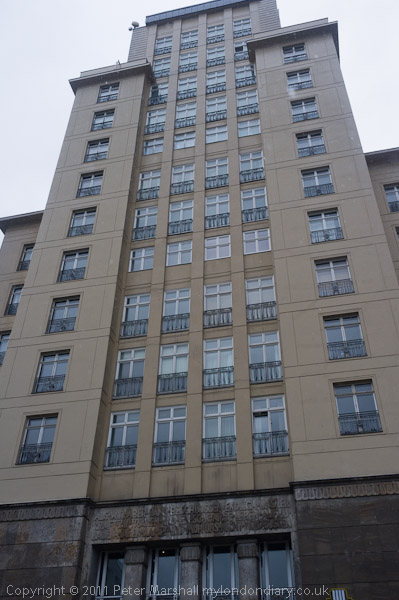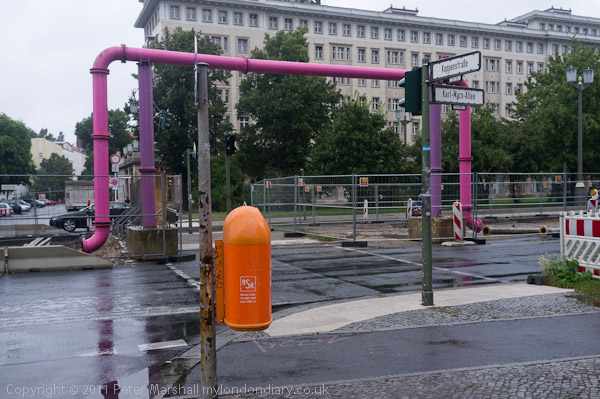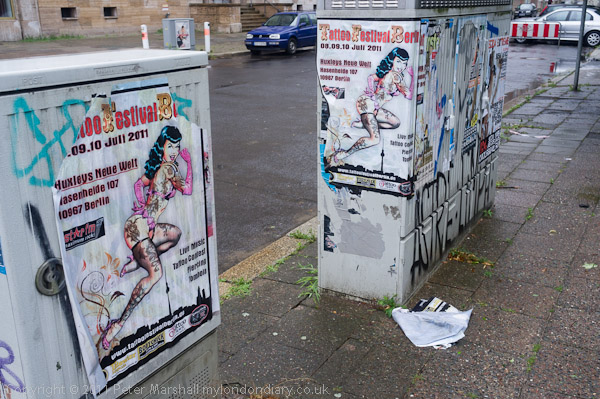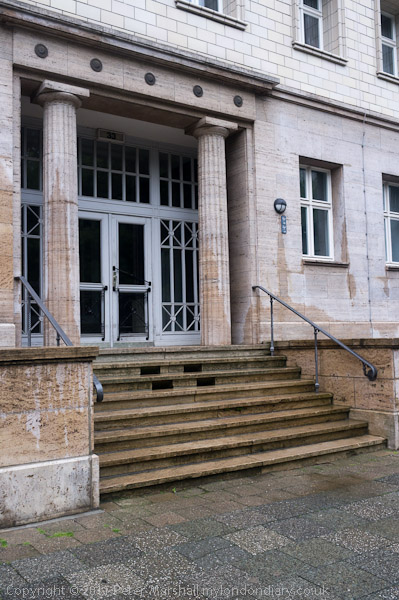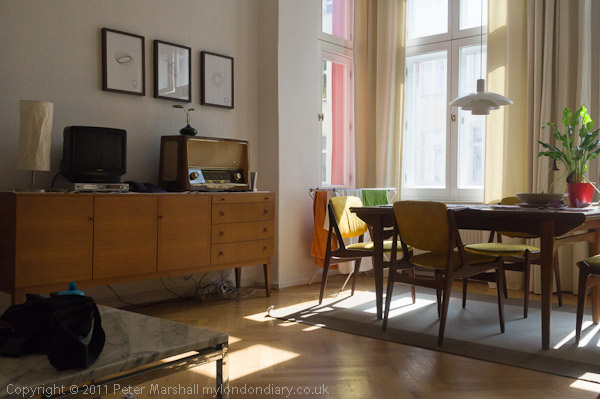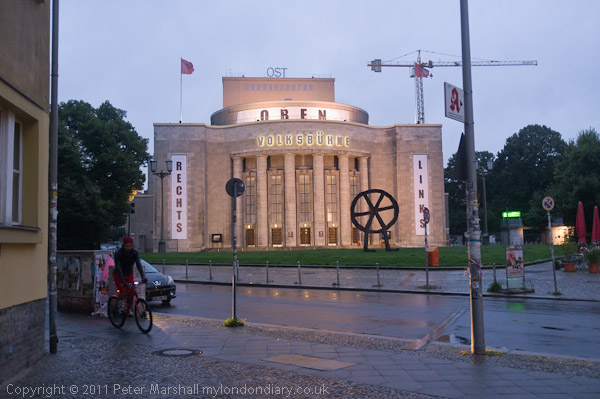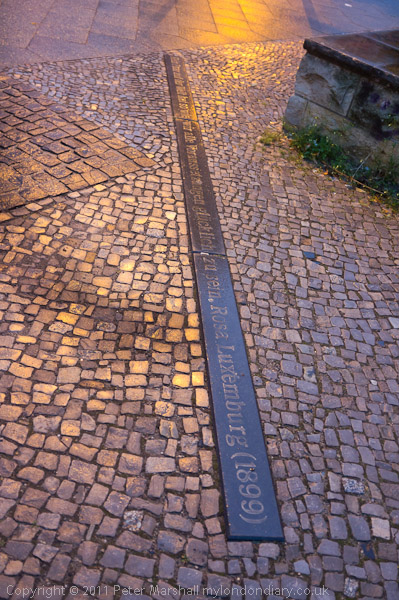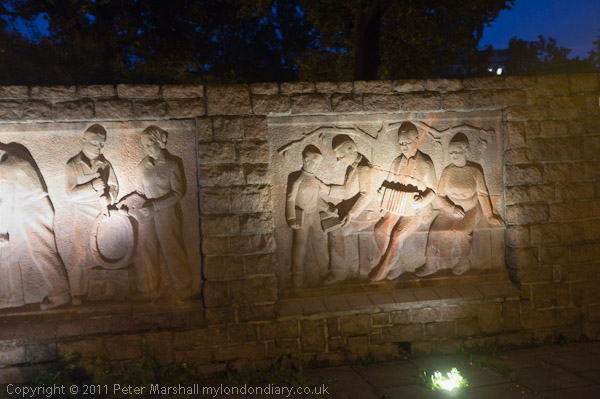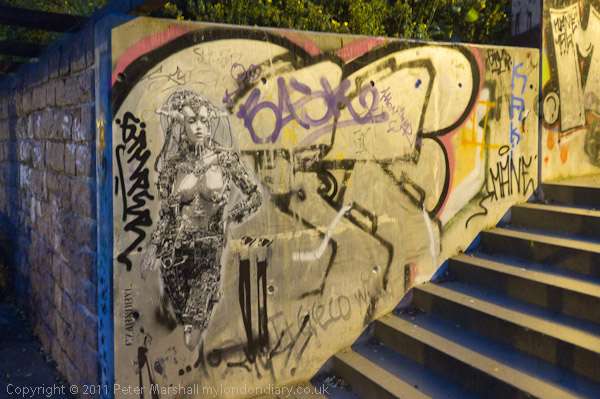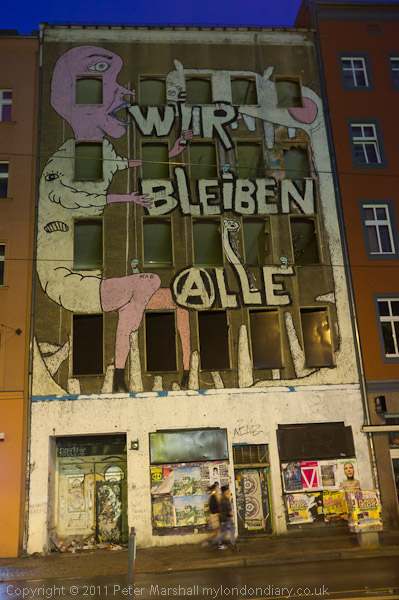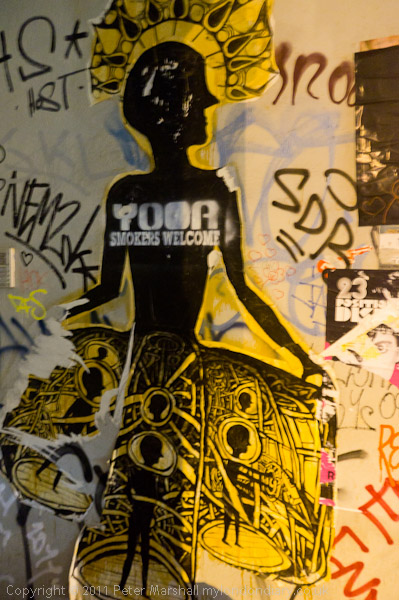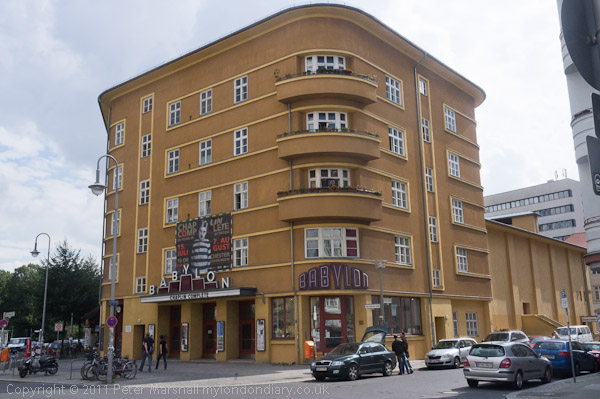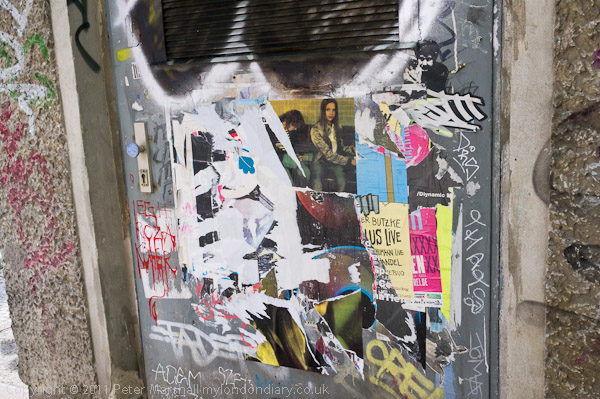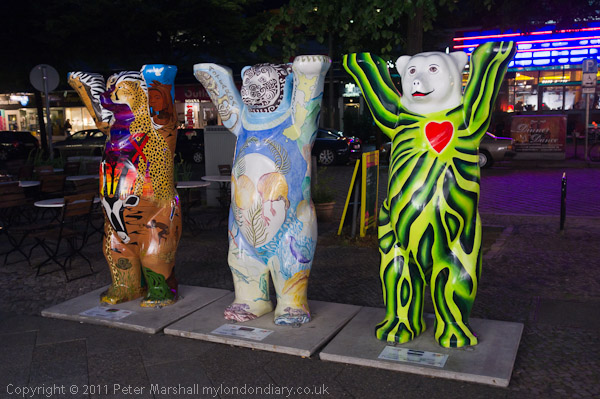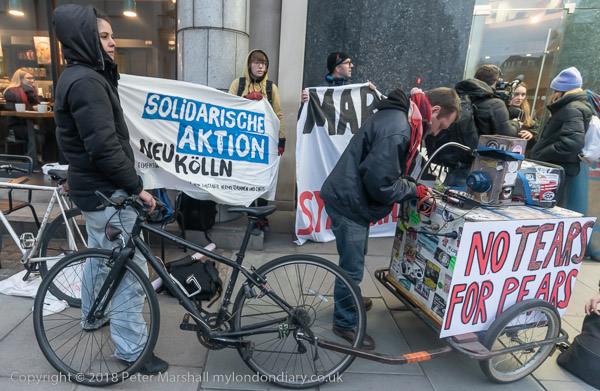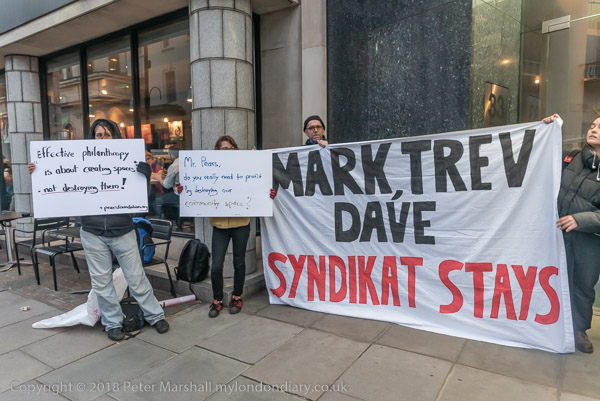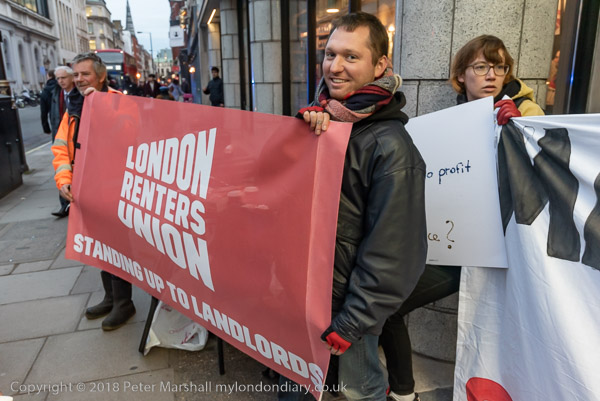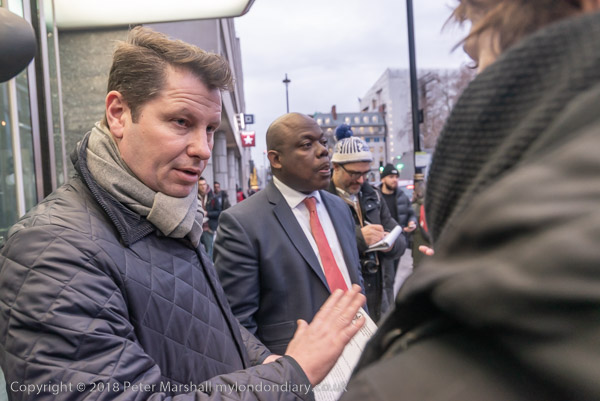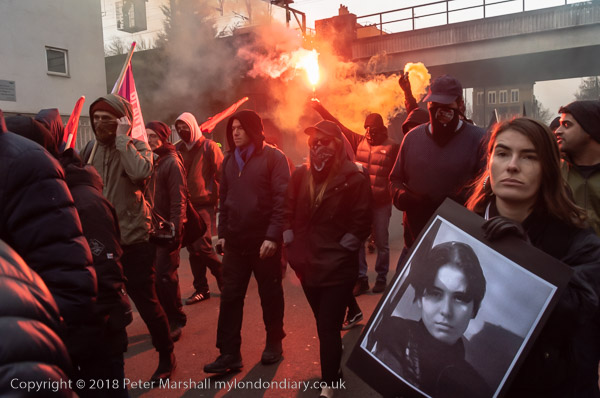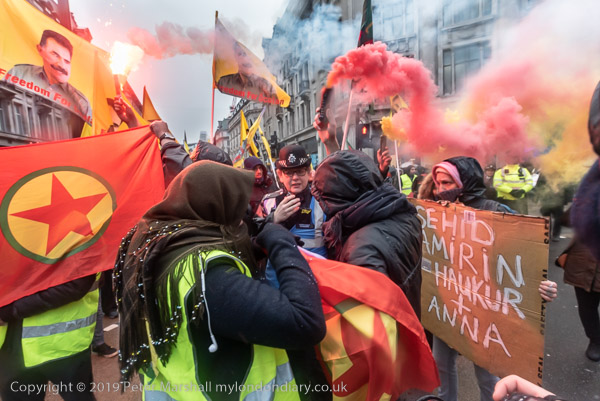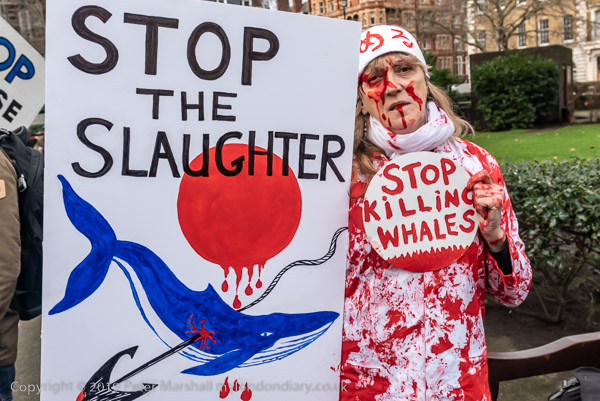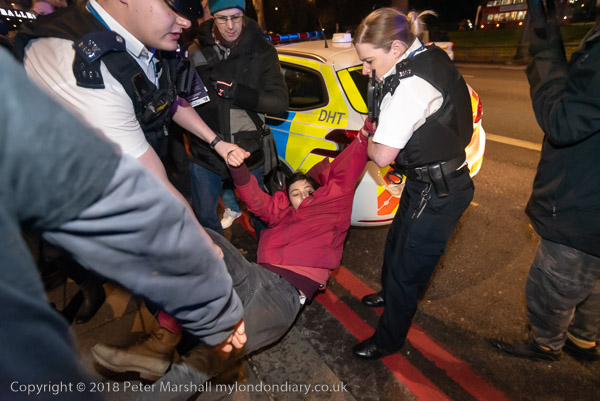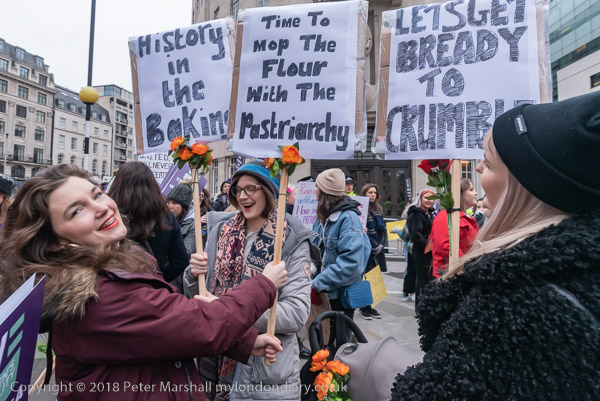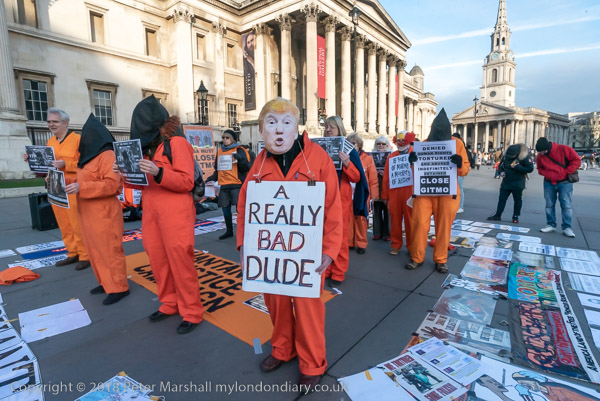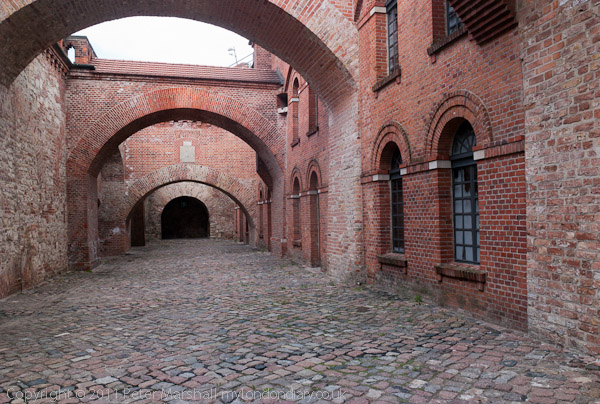
Spandau, at the west of Berlin, is best known for its prison, infamous for being where seven leading Nazis sentenced to imprisonment at the Nuremburg trials were held until their release or death. The last to be held there, Rudolf Hess, died in 1987, and the prison was then demolished with everthing from it, except a single set of keys, ground to dust and either dispersed in the North Sea or buried at a German air base.
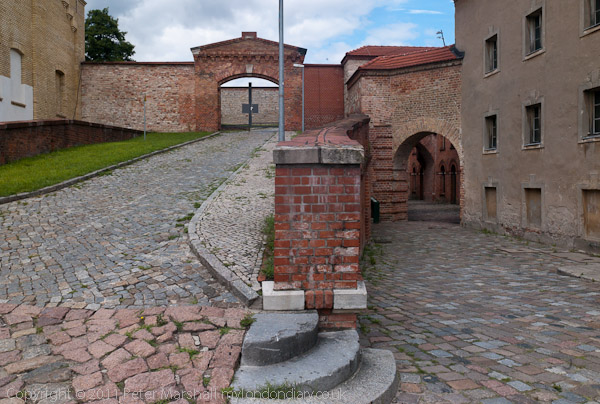
We went to Spandau, a small town now a part of Berlin to visit its well-preserved Renaissance fortress, Zitadelle Spandau, built between 1559-94, and largely well-preserved, helped by the fact that in two of its major battles, beseiged by Napoleon and later by Russian forces at the end of the Second World War it surrendered without a fight.
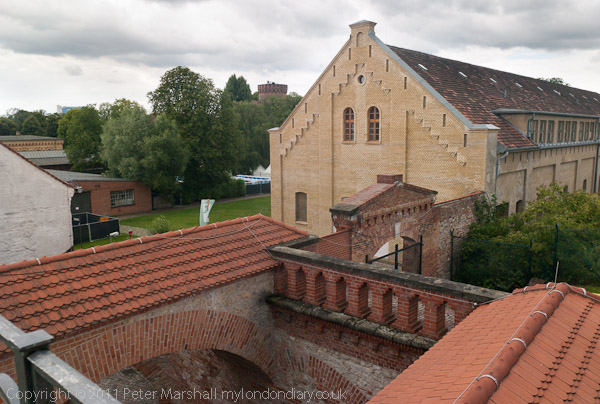
A very sinister site in the 1930s, when from 1935 it was home to the German Army’s In 1935, the Army’s Gas Protection Laboratory, where around 300 scientist and technicians developed and tested chemical weapons including nerve gas. Now it is a tourist attraction and also venue for a number of festivals including the open-air concerts of the Citadel Music Festival.
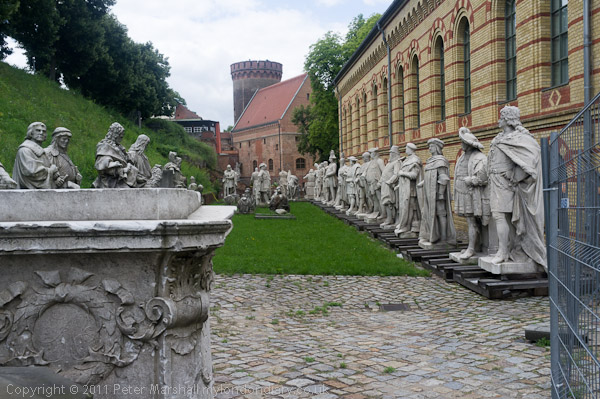
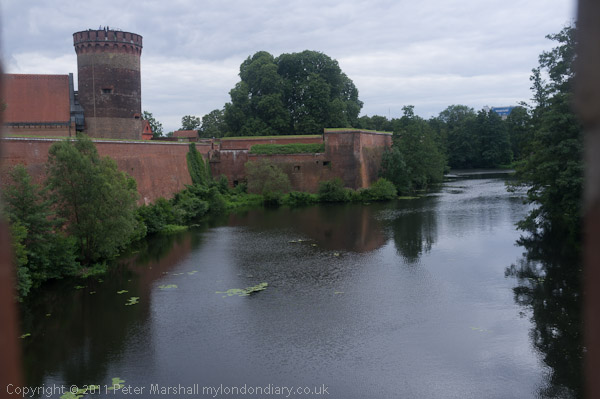
The Citadel is a bastion fort or ‘tracé à l’italienne‘, a design that emerged after traditional castles had shown themselves vulnerable to cannon fire. At Spandau it takes the shape of a square with at each of the four corners a projection like a short triangular spearhead, the bastions, which allow protecting fire on the main walls, while the angle makes them less vulnerable to cannon fire.
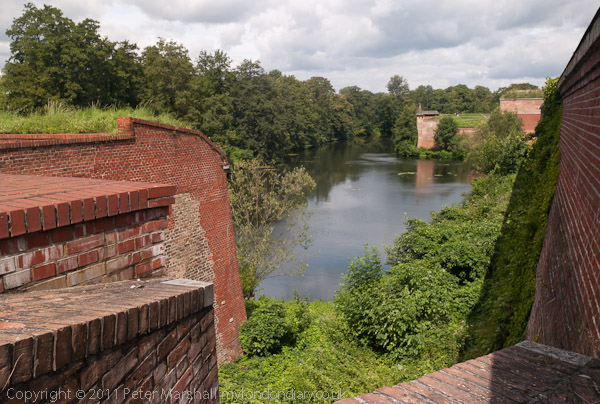
The walls were generally lower and thicker than those of earlier castles and like most such fortresses it is surrounded by a deep ditch, often as here filled with water, part of which is the River Havel.
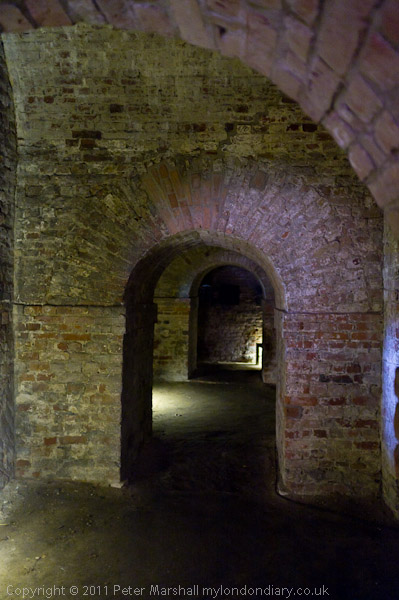
As well as walking around the grounds we also took a guided tour of much of the interior, including some of the dungeons.
The fort offers some wide views around the surrounding country, some of which I’ll put in the next post.
More from Berlin to follow shortly.
Previous Berlin post
______________________________________________________
There are no adverts on this site and it receives no sponsorship, and I like to keep it that way. But it does take a considerable amount of my time and thought, and if you enjoy reading it, a small donation – perhaps the cost of a beer – would be appreciated.
My London Diary : London Photos : Hull : River Lea/Lee Valley : London’s Industrial Heritage
All photographs on this and my other sites, unless otherwise stated, are taken by and copyright of Peter Marshall, and are available for reproduction or can be bought as prints.
To order prints or reproduce images
________________________________________________________
